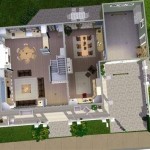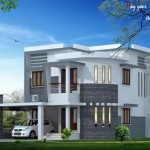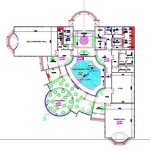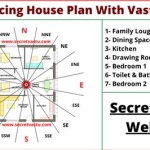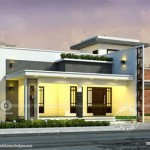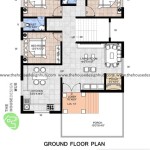Essential Aspects of Open Plan Houses Floor Plans
Open plan houses are becoming increasingly popular due to their spaciousness, natural light, and ability to create a sense of flow throughout the living space. However, designing an open plan floor plan requires careful consideration of several key aspects to ensure functionality, comfort, and aesthetic appeal.
1. Functional Zones
Divide the open space into distinct functional zones for different activities, such as living, dining, kitchen, and home office. Define these zones through the strategic placement of furniture, rugs, and lighting, while maintaining a sense of visual cohesiveness. Clear separation between zones helps create a structured and organized living environment.
2. Natural Light
Maximize natural light by incorporating ample windows and skylights. Position the functional zones to take advantage of natural light and create a bright and airy atmosphere. Consider the orientation of the house to optimize solar exposure and reduce reliance on artificial light.
3. Circulation and Traffic Flow
Ensure smooth and unhindered movement throughout the open space. Allow for adequate pathways between zones and avoid creating bottlenecks or obstructions. Clear pathways promote easy access to different areas and prevent congestion.
4. Privacy and Separation
While open plans provide a sense of spaciousness, it is essential to maintain a balance between openness and privacy. Create separate spaces for more private activities, such as bedrooms and bathrooms, by using walls, partitions, or built-in storage. This separation allows for quiet and intimate spaces while still maintaining the overall openness of the floor plan.
5. Visual Lines
Consider the visual lines within the open plan to create a harmonious and visually appealing space. Avoid creating barriers that obstruct sightlines and make the space feel cluttered. Use furniture, lighting, and decorative elements to draw the eye and create a sense of visual flow.
6. Acoustics
In an open plan environment, sound can travel easily. Address acoustic concerns by using sound-absorbing materials, rugs, and curtains to reduce noise and create a more comfortable living space. Consider the placement of furniture and zones to minimize noise levels in sensitive areas.
7. Storage Solutions
Incorporate ample storage solutions to maintain order and keep the open space clutter-free. Built-in storage, such as cabinets, shelves, and closets, provides hidden storage options and enhances the overall aesthetic. Consider the storage needs of each functional zone and design solutions that maximize space utilization.
8. Flexibility and Adaptability
Open plan houses offer flexibility and adaptability to changing needs. Design the floor plan to accommodate future modifications or adjustments. Use modular furniture, movable partitions, and multi-purpose spaces to create a versatile living environment that can adapt to different uses and preferences over time.
Conclusion
Creating an open plan house floor plan involves balancing functionality, comfort, and visual appeal. By considering these essential aspects, you can design a spacious and inviting living space that meets your lifestyle needs and provides a harmonious and enjoyable environment.

Free Editable Open Floor Plans Edrawmax

10 Small House Plans With Open Floor Blog Homeplans Com

Classic House Plans Open Concept Floor

Open Floor Plans Creating A Breathable Livable Custom Home Builders Schumacher Homes

Free Editable Open Floor Plans Edrawmax

House Design Trends What S Popular In Cur Floor Plans Extra Space Storage

Open Floor Plans Build A Home With Smart Layout Blog Dreamhomesource Com

Open Concept Ranch Floor Plans Houseplans Blog Com
:max_bytes(150000):strip_icc()/1660-Union-Church-Rd-Watkinsville-Ga-Real-Estate-Photography-Mouve-Media-Web-9-77b64e3a6fde4361833f0234ba491e29.jpg?strip=all)
20 Open Floor House Plans Built For Entertaining

Pros And Cons Of An Open Concept Floor Plan Generation Homes Nw


